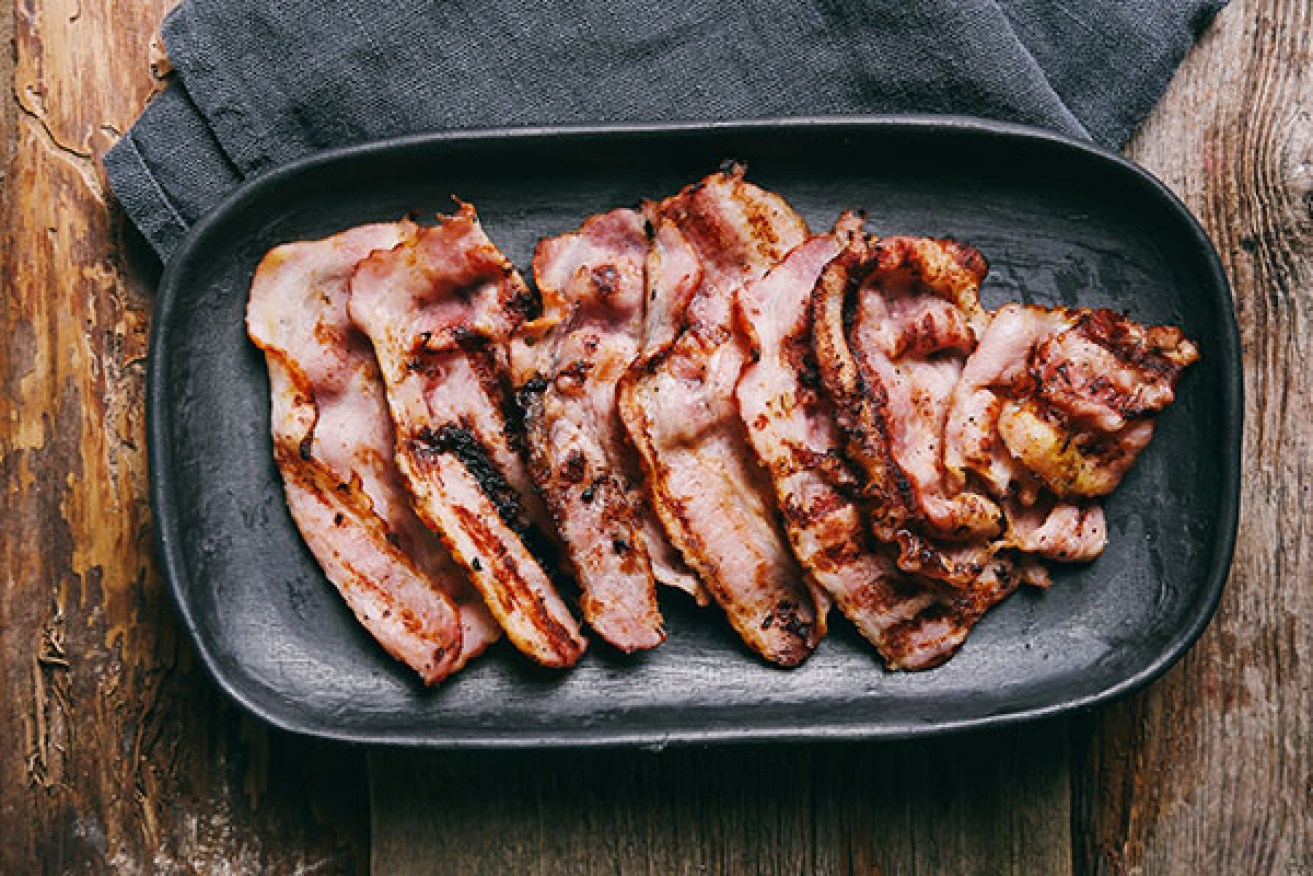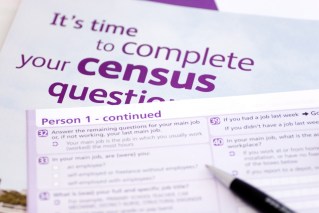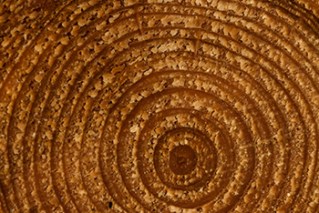Sorry. ‘Made in Australia’ is not what you think

An ‘insultingly misleading’ label that disguises food’s true country of origin may continue to confuse consumers if a superficial change proposed by the government goes ahead, critics have warned.
Products currently labelled as ‘Made in Australia’ may contain up to 100 per cent foreign ingredients.
To qualify for the term, the product need only be “substantially transformed” in Australia and have incurred 51 per cent of its production costs locally.
• Buy local to avoid virus-laced berries
• Harmful ingredient hidden as ‘vegetables’ on labels
• Desk-bound Aussies drained of crucial nutrient
• Ethical eggs – why these are the brands to buy
• How to beat ‘fake’ parking fines
Independent Senator Nick Xenophon told The New Daily the current definition is “ridiculous” and “insulting”.
Only 12 per cent of respondents knew what the term meant, a CHOICE survey found last year.
“Our current rules positively mislead consumers,” said Senator Xenophon, who has campaigned for label reform since 2008.
“It is insulting to consumers and it costs farmers their jobs.”

Aussie bacon most likely didn’t come from a farm near you.
Under the current definition, pig legs are commonly imported from Canada and the US, cured locally, and sold as ‘Made in Australia’ ham. Pork middles are imported from Denmark and the Netherlands and turned into ‘Made in Australia’ bacon.
Some of the ‘Made in Australia’ coffee on our shelves is imported as beans from Kenya and Brazil, and foreign cocoa beans are turned into ‘Made in Australia’ chocolate.
Theoretically, Kiwi apples could also be baked into ‘Made in Australia’ pies; and metal, fixings, springs and fabric can be imported from China and turned into a ‘Made in Australia’ couch, consumer watchdog the ACCC has previously said.
“A product with a ‘Made in Australia’ label won’t necessarily contain Australian ingredients,” the ACCC website confirmed.
‘Window dressing’

‘Made in Australia’ already has a similar threshold to the newly proposed logos.
As part of its label overhaul, the government has suggested new logos, but old definitions.
Industry Minister Ian Macfarlane’s department has circulated an online survey containing six logo options, including a pie chart and a kangaroo, all of which propose the same threshold: 51 per cent local ingredients.
These examples were “curious” and “potentially confusing”, Australian Made spokesman Ben Lazzaro said.
For example, there would be no way of distinguishing between a product that is 99 per cent local and one that is 55 per cent local.
In response to the Minister’s survey, the nation’s leading consumer group warned against simply ‘tweaking the status quo’.
“The last thing we need is another flawed and confusing country of origin framework that does nothing more than tweak the status quo,” CHOICE spokesman Tom Godfrey said in a statement.
“Consumers need to ask themselves if the images and the text phrases are meaningful and will ultimately help them make an informed decision about where their food is from.”
Senator Xenophon said a threshold higher than 51 per cent was necessary.
“It must be much higher,” the Senator told The New Daily. “It can’t be window dressing. We need serious reform.”
A higher standard

‘Australian Made’ is a higher standard than ‘Made in Australia’.
Not-for-profit organisation Australian Made, the guardian of the nation’s green and gold kangaroo symbol, has recognised these flaws and demanded that producers meet a higher standard before they are allowed to use the easily recognisable logo.
As a result, the kangaroo symbol cannot be applied to imported pork or coffee beans, for example, whereas ‘Made in Australia’ can.
“What we’ve done is tightened up what constitutes ‘substantial transformation’ to give the consumer confidence that what they are buying is, arguably, more Australian than what is required by the law,” Mr Lazzaro told The New Daily.
But even the kangaroo’s standards may need to be lifted, he admitted.
“The rules need to change, and ours with it potentially, because the way we source our ingredients is evolving.”
More reliable terms
‘Product of Australia’ and ‘Grown in Australia’ mean that each significant ingredient or part of the product originated locally and almost all of the production was local as well.
Online retailer Aussie Farmers Direct also claims to sell only 100 per cent local products.
Do you think 51 per cent is an acceptable threshold? Comment below or email your thoughts to: [email protected]








